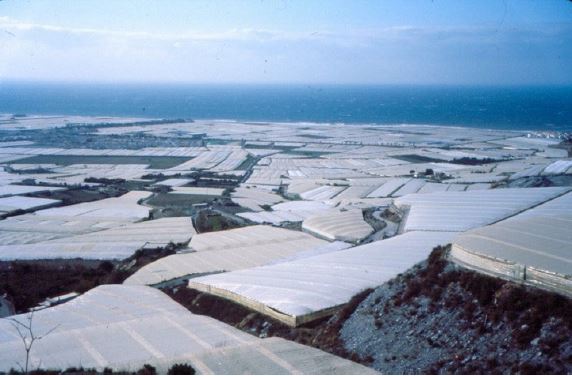Adult cherry maggot flies deposit eggs under the skin of the fruit and the hatched maggots feed inside the berry. There is zero tolerance for maggot-infested cherries in the marketplace and insecticides have been used for over 100 years. However, in the E.U. with increased restrictions on insecticides and lack of newly-registered products, control of cherry maggots has become problematic.
“The European cherry fruit fly, Rhagoletis cerasi L. (Diptera: Tephritidae) is the major insect pest of sweet and tart cherries throughout Europe, infesting up to 90% of fruit in untreated sites. A great need has arisen for effective control techniques because of an almost zero tolerance of infested fruit in the fresh market, notwithstanding an agreed economic threshold of 2% infestation. Cherry fruit fly control in the European Union (EU) has recently become very difficult as a result of programmes to reduce the use of broad-spectrum insecticides, for reasons of environmental and human safety. Such withdrawals of insecticides have occurred in the absence of identified alternatives for R. cerasi. In Germany, its management is currently achieved by the application of systemic insecticides (e.g. acetamiprid, dimethoate), authorized by special permits and, for dimethoate, with many restrictions on use.”
Authors: Bockmann, E., et al.
Affiliation: Institute for Plant Protection in Fruit Crops and Viticulture, Germany.
Title: Bait spray for control of European cherry fruit fly: an appraisal based on semi-field and field studies.
Source: Pest Management Science. 2014. 70:502-509.




